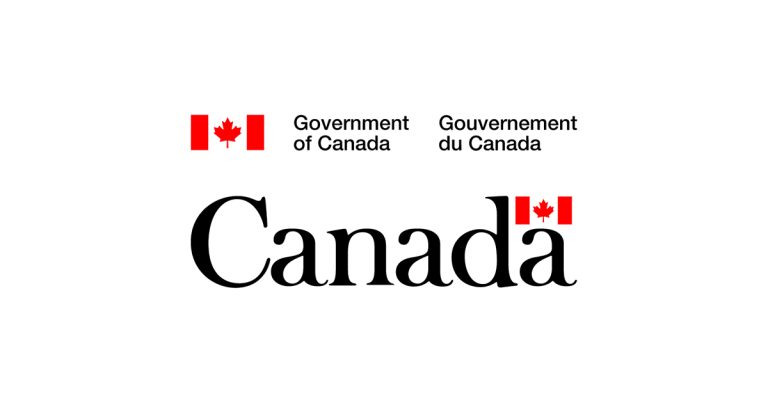Federal Government Working to Breaks Down Barriers to Internal Trade

March 3, 2025
At the Committee on Internal Trade (CIT) meeting, federal, provincial and territorial ministers agreed on additional measures to eliminate regulatory barriers to internal trade, encourage free movement of labour, and further standardize regulations across Canada.
The Government of Canada has been working to enhance the Canadian Free Trade Agreement (CFTA) by removing and narrowing federal exceptions. Last week, Minister Anand announced the upcoming removal of more than half of federal exceptions in the CFTA.
All governments committed to completing a review of their remaining exceptions, and to rapidly conclude negotiations on financial services with the aim to incorporate the financial service sector in the CFTA. This represents tremendous progress for the sector as it will allow Canadian businesses easier access to financial services.
Building on the work of the Mutual Recognition Pilot Project in the trucking sector, governments are prioritizing broader mutual recognition to make everyday items more affordable and offer Canadians more choice. The Government of Canada is working closely with provincial and territorial partners to move this forward as quickly as possible.
Steven MacKinnon, Minister of Employment, Workforce Development and Labour, joined ministers to drive progress on removing barriers to labour mobility, which would allow Canadian workers to work in any jurisdiction without delay. The CIT will continue to collaborate with the Forum of Labour Market Ministers, on bold actions that could be taken by governments on labour mobility, and will present more detailed plans shortly.
To support Canadian producers, consumers, and ‘Buy Canadian’ efforts, the Government of Canada, provinces and territories will explore Internal Trade missions to promote the Canadian products and help businesses identify and access new opportunities.
Altogether, these concrete, collaborative actions will create new market opportunities for Canadian businesses and workers, boost productivity, enhance competitiveness, attract more investment and encourage Canadians to buy Canadian products and services. These benefits are now more important than ever, as Canada positions its domestic economy in the face of tariff threats from the U.S.
The recommendations from these discussions will be brought forward to the Prime Minister and Premiers to ensure that all federal, provincial and territorial partners continue to work towards a robust domestic economy, which is integrated, accessible and free of barriers.









![Guide to the Canadian Electrical Code, Part 1[i] – A Road Map: Section 52 — Diagnostic imaging installations](https://electricalindustry.ca/wp-content/uploads/2022/11/Guide-CE-Code-2.png)





